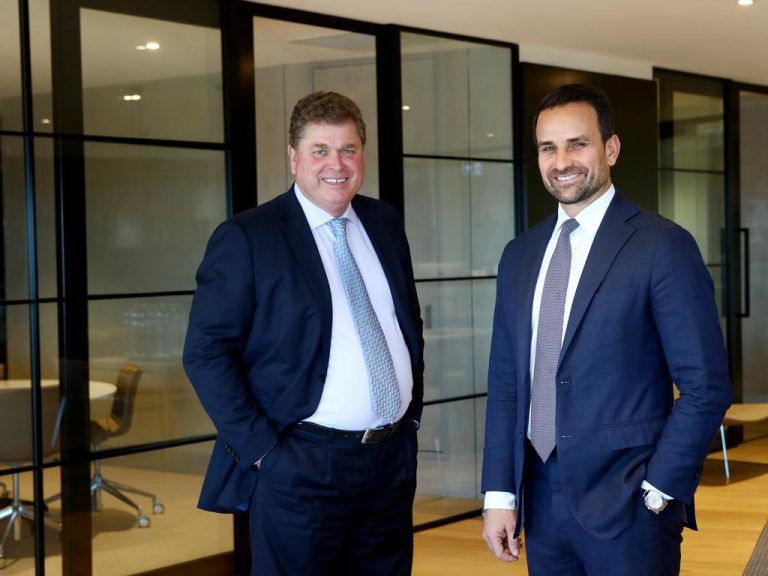Cheap thrills and No Frills: What happened to Franklins supermarkets?
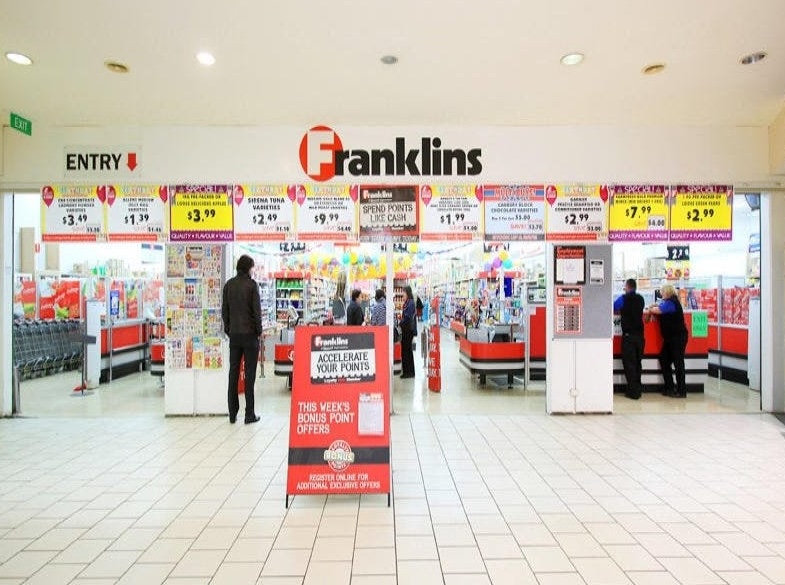
Before ALDI and Costco became the kings of cheap-and-cheerful groceries, it was Franklins who ruled supreme over the discount supermarket landscape.
As the country’s go-to destination for budget groceries, with its long aisles stacked to the gills with assorted mainstream and generic products, the iconic supermarket chain at one time posed considerable competition for the likes of Coles and Woolworths.

Known for its ‘No Frills’ discount brand, Franklins was once a big player in the Australian supermarket landscape. Picture: realcommercial.com.au
Its generic black-and-white branding, old warehouse vibes and wonky trolleys suggested Franklins was less concerned with aesthetics and focused more on providing customers with value for money.
As many sentimental Boomers and their Gen Y offspring will recall, Franklins was famous for its ‘No Frills’ product offerings and low budget TV adverts declaring the slogan “more in your trolley for less!”
But somewhere along the line, the Franklins brand started to go stale, leaving consumers with the ‘ColesWorth’ duopoly of today.
Australia’s original discount grocer
Founded by entrepreneur Frank Lindstrom, Franklins burst onto the Australian scene in 1941, some 27 years after to the arrival of Coles and 17 years after Woolworths.
Launching its first stores in Sydney, Franklins marketed itself as ‘Australia’s original discount grocer’ from the get-go.
In 1954 the company was bought by caterers Sargents Ltd, who developed the brand into Australia’s first discount supermarket chain, thus creating the first real competition for the majors.
Franklins Lane Cove NSW 1986. Help yourself to a pallet, mate.
Pic credit Lane Cove Library pic.twitter.com/xjAlWIaKye
— Old Shops Australia (@oldshopsoz) August 11, 2020
Senior industry analyst at IBISWorld, Danny Martin, said Franklins had the ability to sell products at much cheaper prices than its competitors due to effective economy of scale strategies and loss-leading practices for key products.
“Thanks to bulk buying and its simplistic approach to stock, the company ran very efficient operations which allowed them to reduce costs in other areas to protect their profit margins,” Mr Martin said.
The cheap thrills of No Frills
By 1978, when Sargents Ltd sold the business to Hong Kong based company Dairy Farm International, there were 75 Franklins supermarkets operating in Sydney amassing a turnover of $1 million.
In the same year, the chain launched its iconic ‘No Frills’ brand – the first generic brand to be introduced to the Australian market.
Initially a cheap alternative for peanut butter, honey and chips, the No Frills brand would later expand into a vast range of over 800 different products, offering everything from ice cream and cereal to sunscreen and batteries.
As one Reddit user recalled, if you were a Franklins shopper during the 1980s and 90s, you would have heard the rumour that No Frills products were exactly the same as their mainstream counterparts, yet sold for a fraction of the price.
Harmen Oppewal, a professor of marketing at Monash Business School, believes there could be some truth to this tale.
“Those no-name, home brand products are likely produced by the same manufacturers and simply given a different label or sticker,” he said.
“Unfortunately, the consumer would never have known and had no alternative but to trust the brand.”
Ongoing expansion
Throughout the 1980s, Franklins grew beyond Sydney, opening further stores across New South Wales and expanding into Victoria, Queensland, South Australia and Canberra.
In 1990, Franklins opened its 200th store and began to diversify the brand with new formats like Liquor Save – a series of liquor outlets attached to its supermarkets.
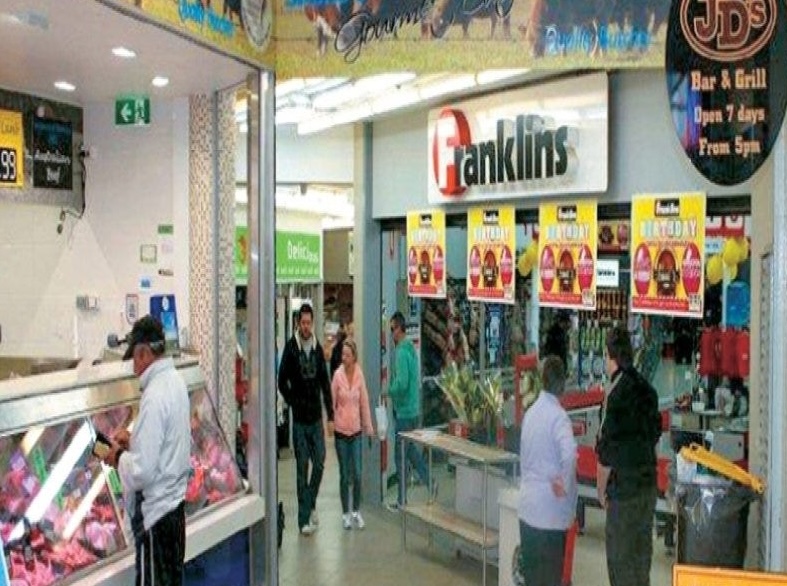
The supermarket chain once had close to 300 stores across the country. Picture: realcommercial.com.au
Several other store formats emerged throughout the decade, including Franklins Fresh in 1994 – a mainstream supermarket format designed to compete with the major chains.
Alongside its regular packaged products, Big Fresh also introduced the sale of fresh produce to its customers, such as baked goods and fresh meat.
Demise and acquisition
Despite expanding to 287 stores nationwide, by 2001, the Franklins diversification strategy was not going to plan.
Mr Martin noted how a price war in South Australia and the additional demands of the new chain stores had taken its toll on the retailer.
“Franklins’ mass expansion and reformatting failed primarily due to poor strategic management that didn’t account for the unique challenges and demands of different regional markets,” he explained.
As a result, the business was broken up in 2001, with parcels of stores sold off to various bidders, including Woolworths and Coles.
86 stores across New South Wales were also acquired by South African retailer Pick ‘n Pay, which also bought the Franklins name. Pick ‘n Pay acquired and re-branded 20 Fresco supermarkets as Franklins.
Throughout the 2000s, the brand had all but disappeared from every state except NSW.
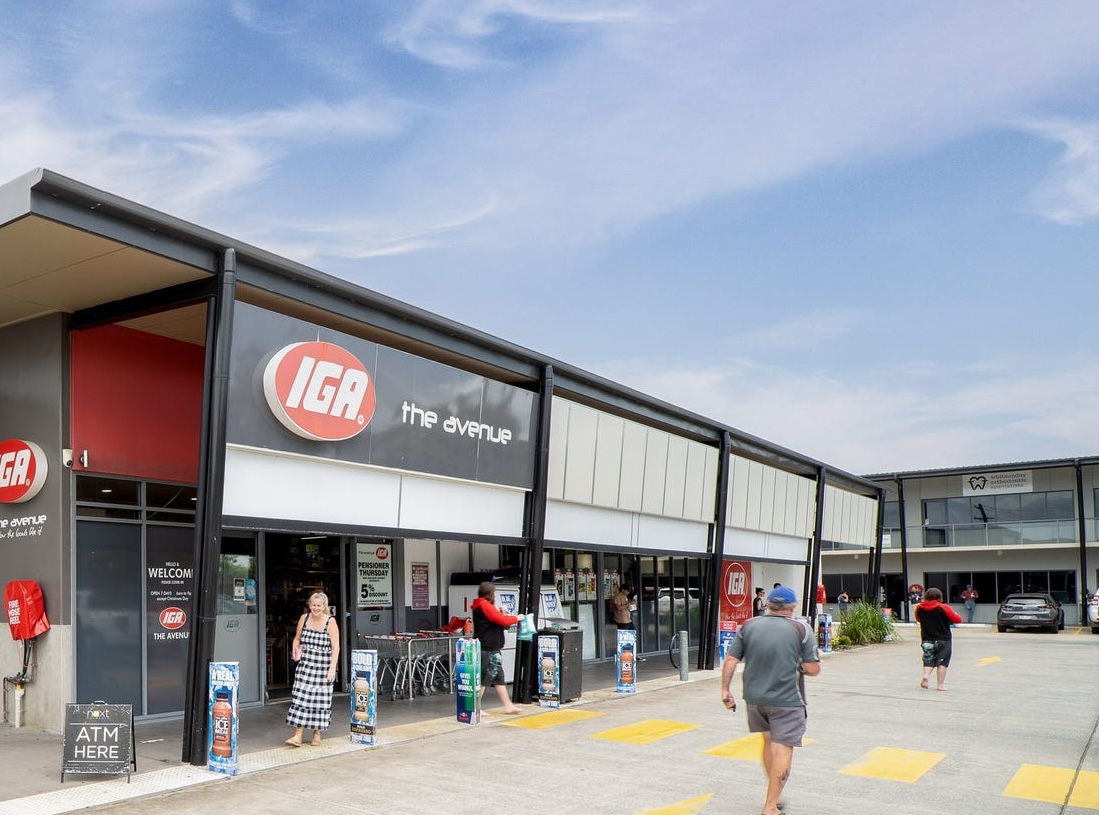
Metcash bought the last remaining Franklins stores and rebranded them as IGA. Picture: realcommercial.com.au
In 2010, Franklins was sold to Metcash for $215 million and its remaining 85 stores were folded into the company’s IGA supermarket chain.
At the time, the Australian Competition & Consumer Commission (ACCC) unsuccessfully opposed the acquisition, citing it as “likely to result in a substantial lessening of competition through the removal of Metcash’s closest and only genuine competitor.”
While many experts believe the acquisition was a key factor that attributed to the powerful Coles and Woolworths duopoly that exists today, Mr Martin said it’s impossible to know for sure how things would have played out had Franklins survived.
“What I can say is IBISWorld estimates that together, ColesWorth accounted for 70% of Australia’s supermarket revenue in 2010, and still accounts for 68% in 2024.”
Franklins 2.0: The rise of ALDI
While the demise of Franklins throughout the 2000s was “disappointing”, it did leave a huge gap in the market for ALDI to successfully emerge, according to Mr Oppewal.
“It was a shame Franklins disappeared and competition lessened, but this gave ALDI a greater chance to build market share as a discounter in Australia.”
“And, in some ways, they’ve been far more successful and beneficial to the market.”
Since ALDI’s arrival in 2001, the German retailer has not only offered cheap products to consumers, but were the first to introduce unit pricing to Australia.
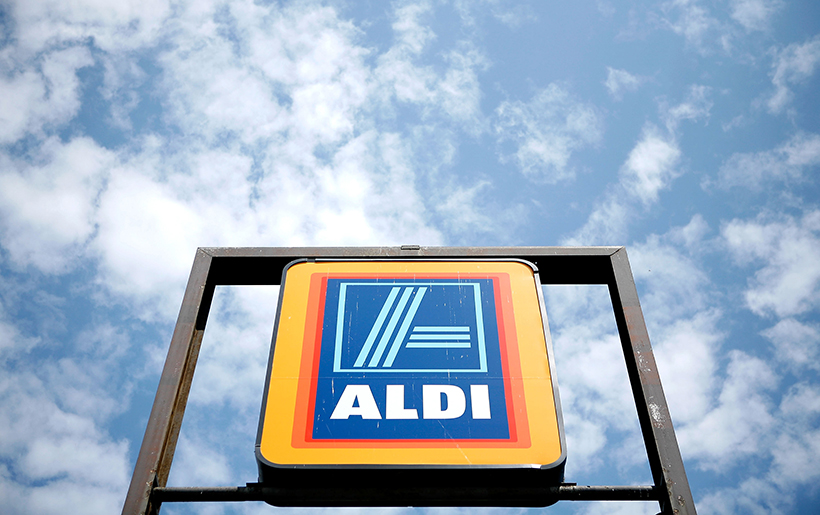
Discount supermarket ALDI has been a success story in Australia. Picture: Getty
As a result, all major supermarkets are now legally required to display their unit prices.
“It gives customers pricing transparency and also helps them to recognise shrinkflation,” said Mr Oppewal.
ALDI’s clever advertising campaigns have also removed the stigma often associated with shopping at discount stores – something Franklins were perhaps unable to accomplish.
“More affluent consumers are still happy to shop at ALDI,” Mr Oppewal added.
Following a rapid rollout of new stores in recent years and shifting consumer preferences, IBISWorld estimates ALDI has moved from its 2% market share in 2010 to 9% in 2024.
“ALDI’s success lies in its international backing, strong image and unique business model which emphasises efficiency, simplicity and cost control,” said Mr Martin.
“Which will likely continue to resonate with certain pockets of the population.”


